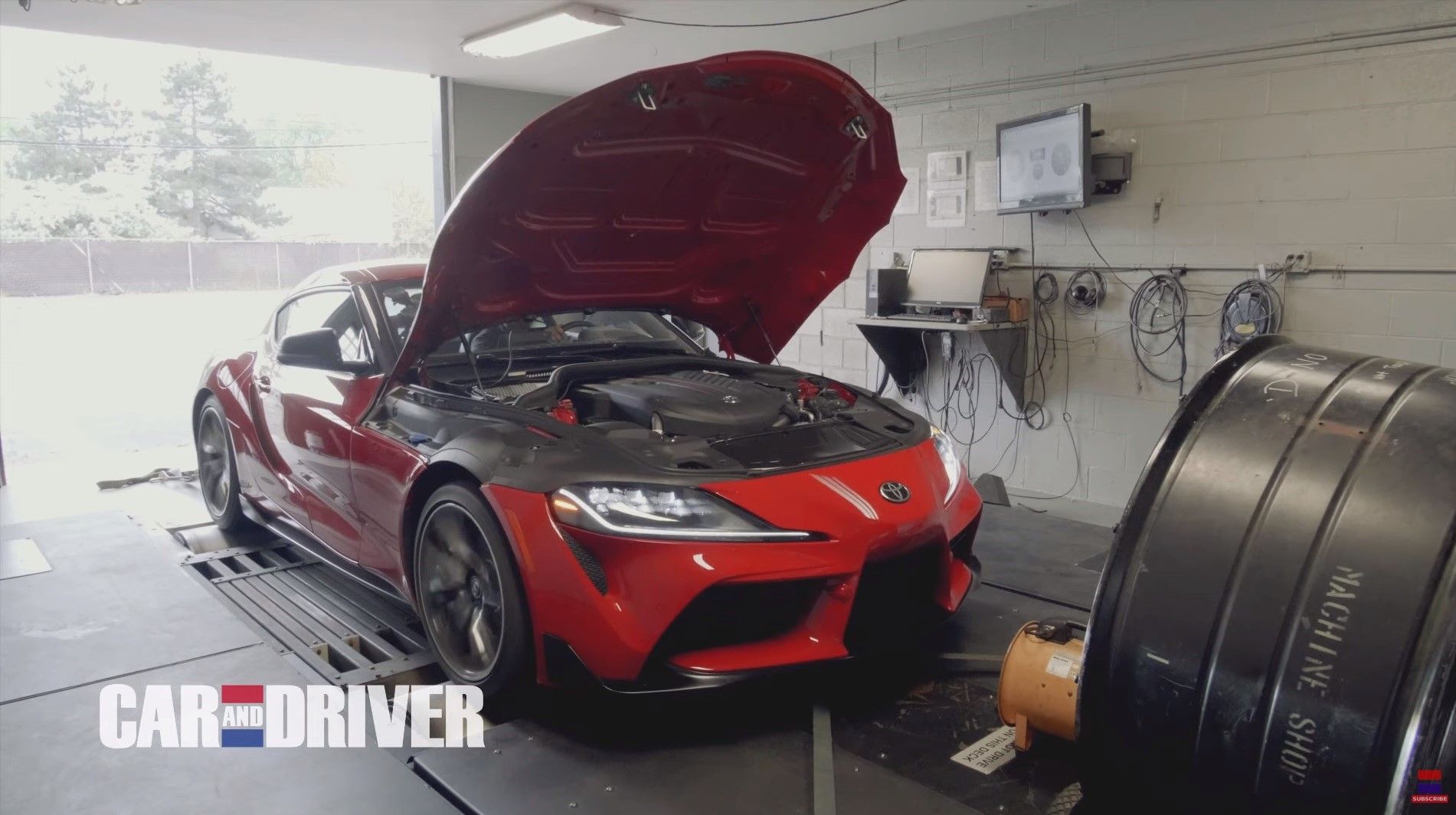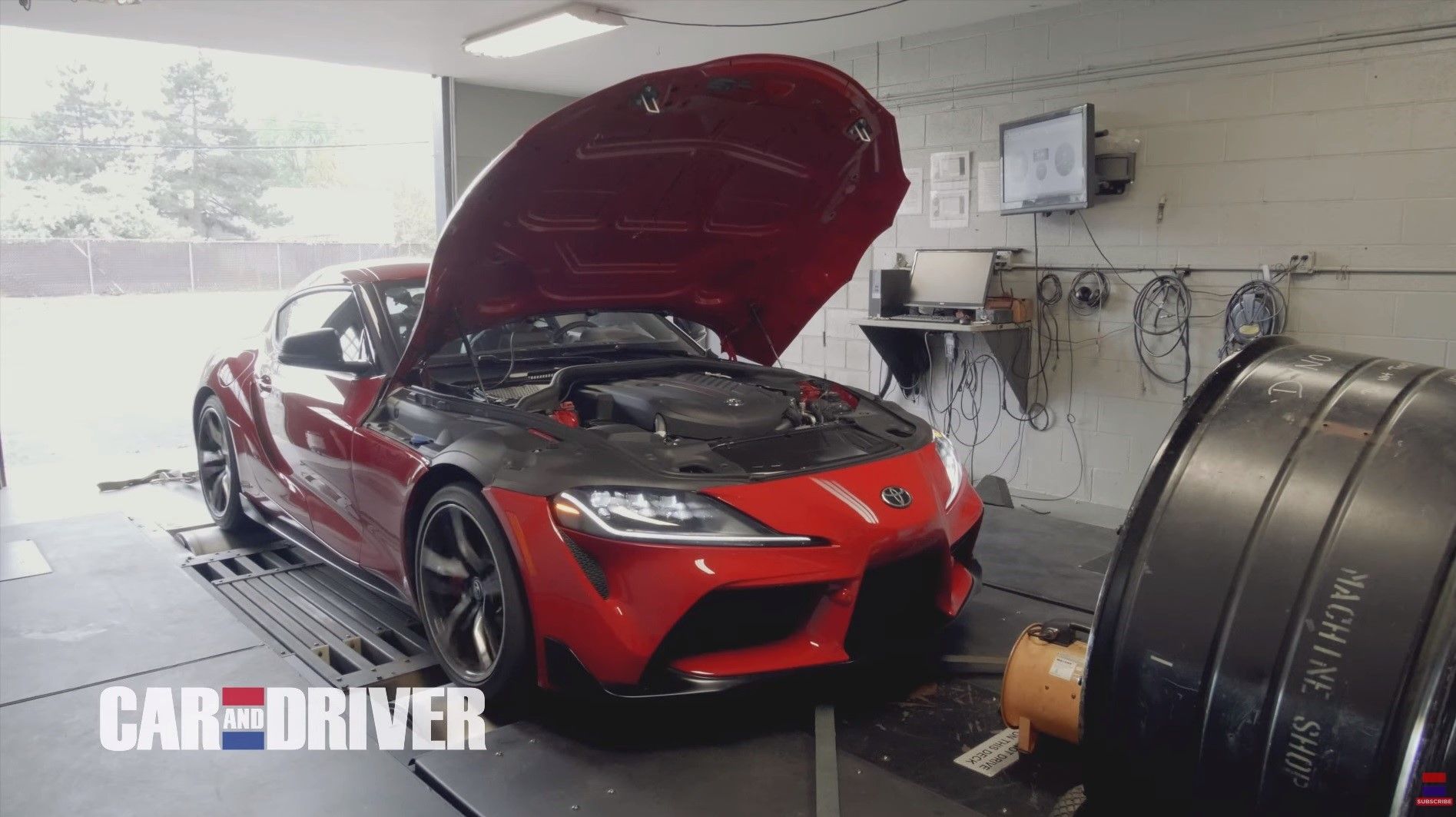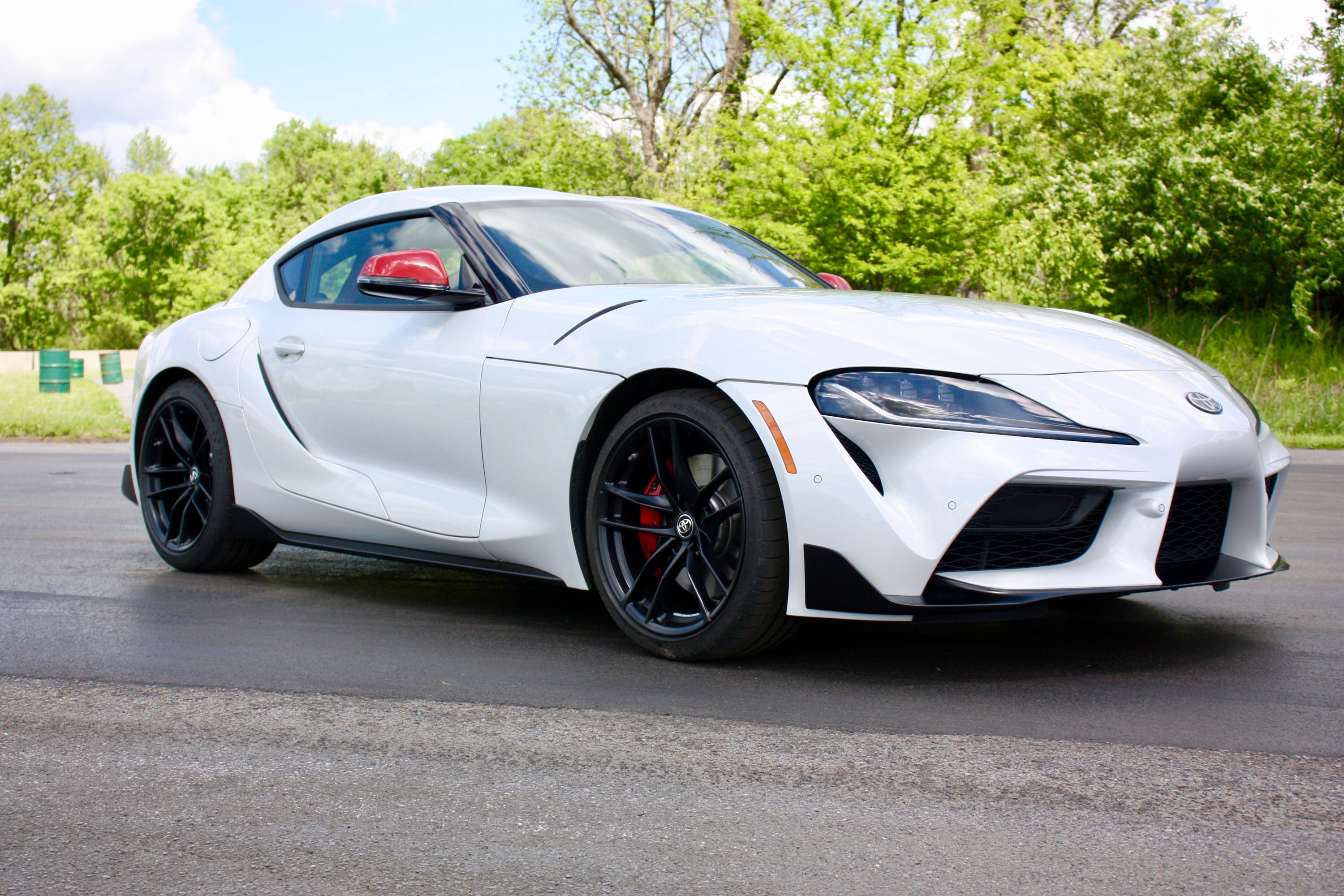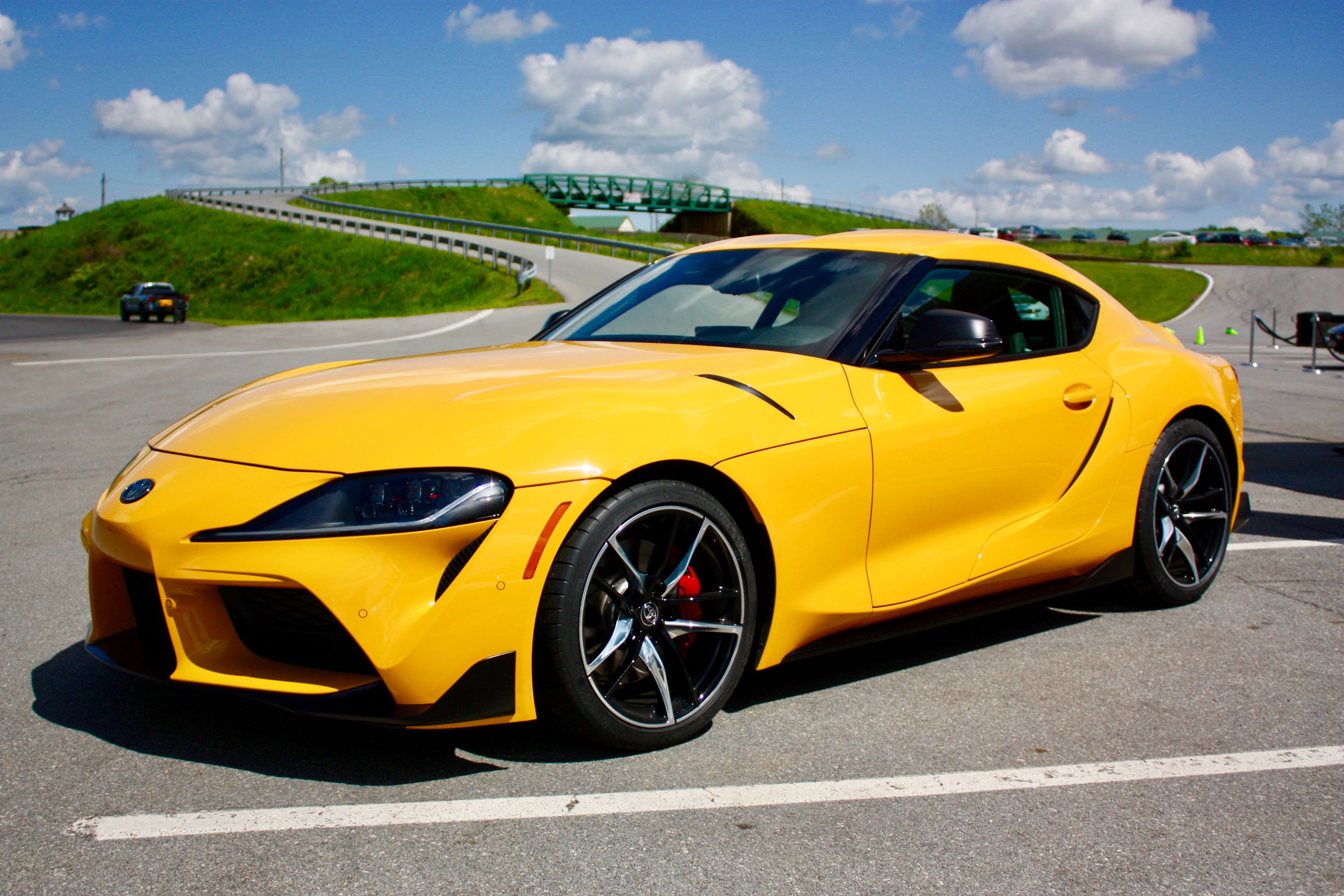Ever since Car and Driver strapped the Toyota Supra to a dyno late last month, there’s been a lot of hand-wringing on how much power actually comes out of the sports car’s 3.0-liter turbocharged inline-six-cylinder engine. C&D discovered that the Supra’s engine might actually produce more power than Toyota advertised. A few weeks later, Motor Trend did the same thing and arrived at the same theory. As advertised, Toyota says that the Supra’s turbocharged inline-six cylinder engine can produce 335 horsepower and 365 pound-feet of torque at the crank. But as the results of these two independent tests showed, it seems like Toyota’s newest crown jewel is more powerful than we thought. Or is it? Either way, it’s hard to argue with the fact that since it debuted earlier this year, the Supra is still what everyone wants to talk about.
This isn’t the first time an automaker has understated the output value of cars. BMW is known for doing such a thing, perhaps because it wants prospective BMW owners to get more than what they paid for. Is it a coincidence that the engine that Toyota has in the Supra is sourced from BMW? It probably isn’t because Toyota is responsible for disclosing the Supra’s power output, not BMW. So when it came time to do just that, the Japanese automaker announced that the Supra’s BMW-sourced 3.0-liter turbocharged inline-six cylinder engine produces 335 horsepower and 365 pound-feet of torque. Those are healthy numbers for a performance car like the Supra, except that neither Car and Driver nor Motor Trend arrived at those figures when they performed independent dyno tests on the Supra.
Car and Driver was first to take a crack at the Supra on the dyno when it strapped the sports coupé to an all-wheel-drive Dynojet dynamometer in Livernois, Michigan. Surprisingly, the results came to 339 horsepower and 427 pound-feet of torque at the wheels. That’s an important distinction because Toyota’s posted output — 335 ponies and 365 pound-feet of torque — came at the crank, which typically has a higher output because it’s not subjected to the typical driveline and hydraulic losses that result in a loss of 10 to 15 percent of the total output Motor Trend it arrives at the wheels. So if CD test netted 339 horsepower and 427 pound-feet of torque at the wheels, that would mean that the Supra that Car and Driver tested could have had as much as 373 to 390 horsepower and 470 to 491 pound-feet of torque at the crank.
A few weeks later, Motor Trend performed its own dyno test on the Supra, strapping the sports coupé to a Mustang eddy-current chassis dynamometer in Torrance, California. It’s important to note that the Mustang dyno has been labeled at one point or another for returning lower-than-expected power totals. In the case of the Supra, Motor Trend discovered the opposite. The result showed that the Supra was producing 332 horsepower and 387 pound-feet of torque at the wheels. Perform the same expected crack-to-wheel loss calculations of 10 percent and the figures — 364 horsepower and 426 at the crank — are still way beyond Toyota’s announced output.
So, what gives? Did Toyota really understate the output of the Supra? And if so, for what?
First things first. It’s not fair to compare the tests done by Car and Driver and Motor Trend to one another.
Without identifying in concrete terms the reasons for the inflated outputs that Car and Driver and before recorded, there are a number of possibilities that could’ve contributed in the seemingly anomalous returns. It’s possible, before said, that the specific Supra they tested — it was a press loaner — was an “early build pre-production car with a partial hand-build engine.” That would explain the possibility that the engine hasn’t been calibrated to the specific output that Toyota wants. On the flip side, Car and Driver surmised that the transmission’s torque converter “likely isn’t fully locked until higher in the rev range,” contributing to the magazine’s difficulty in hitting the rev line in sixth gear.
There are so many variables to consider that it’s difficult to really assign a reason for the significant discrepancy between the two independent tests and Toyota’s actual figures. Is it possible, then, that Toyota intentionally made the Supra look less powerful than it really is? Related to that, is it possible that Toyota did this to make the BMW Z4 look more powerful? My colleague, CD’s, touched on this after Car and Driver conducted its dyno test on the Supra.
Perhaps this was Toyota’s way of placating to BMW so that the latter’s sports roadster, the Z4, doesn’t get probed under the microscope for having less power than its Japanese counterpart. Then again, maybe BMW is underselling the Z4 Roadster’s output, too. Either way, these numbers point to one possibility that should excite future owners of the all-new Supra.
It’s possibly more powerful than Toyota claims it is.
CD1}
|
|
Motor Trend} |
Motor Trend} |
Car and Driver} |
|
Motor Trend |
turbo 3.0-liter six-cylinder |
turbo 3.0-liter six-cylinder |
turbo 2.0-liter four-cylinder |
|
CD’s |
eight-speed automatic |
eight-speed automatic |
eight-speed automatic |
|
Motor Trend |
335 hp |
382 hp |
255 hp |
|
CD |
365 lb-ft |
369 lb-ft |
295 lb-ft |
|
CD |
4.1 seconds |
3.9 seconds |
5.2 seconds |
|
MT |
155 mph |
155 mph |
155 mph |
|
MT |
10.14 |
9.01 |
12.89 |
CD0}
Robert Moore
Car and Driver
CD
MT




